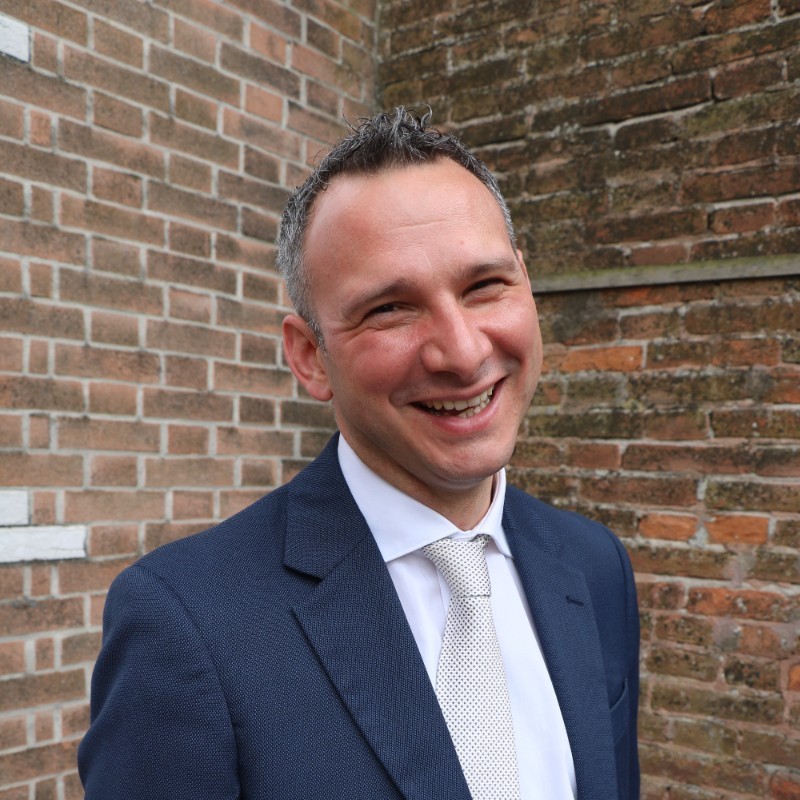Key Points
- The FIRE trial aimed to address the lack of evidence regarding complete revascularization in older MI patients and examined the superiority of complete revascularization based on coronary physiology.
- The trial enrolled 1,445 patients with a median age of 80, and the primary outcome (death, MI, stroke, or ischemia-driven coronary revascularization) occurred in fewer patients in the physiology-guided complete revascularization group compared to the culprit-only group.
- Physiology-guided complete revascularization reduces ischemic events compared with culprit-only revascularization in myocardial infarction patients aged 75 years or older with multivessel disease.
While complete revascularization is well-established and routinely used for younger patients, its application and benefits in older individuals have remained uncertain due to the lack of sufficient strong evidence. The FIRE Trial, presented at ESC Congress 2023 and simultaneously published in NEJM, addresses a substantial gap in the field by assessing whether complete revascularization based on coronary physiology is superior to a culprit-only revascularization strategy in older patients with MI and multivessel disease. The primary outcome, a composite of death, MI, stroke, or ischemia-driven coronary revascularization within one year of randomization, demonstrated a statistically significant reduction in the physiology-guided complete revascularization group compared to the culprit-only group.
The trial enrolled 1,445 patients with a median age of 80 years from multiple sites across Italy, Spain, and Poland. Upon successful percutaneous coronary intervention (PCI) of the culprit lesion, participants were randomly assigned to either culprit-only treatment or physiology-guided complete revascularization. The latter group underwent physiological assessment using wire-based and angiography-based measurements, followed by PCI of all functionally significant non-culprit lesions (at least one lesion in a non-culprit coronary artery with a minimum vessel diameter of 2.5 mm and a visually estimated diameter stenosis of 50-99%.)
The primary outcome occurred in 113 patients (15.7%) in the physiology-guided complete revascularization group and 152 patients (21.0%) in the culprit-only group (hazard ratio [HR], 0.73; 95% confidence interval [CI], 0.57 to 0.93; p=0.01). One important secondary outcome was the one-year composite endpoint of cardiovascular death or MI which appeared to be lower in the physiology-guided complete revascularization group (HR, 0.64; 95% CI, 0.47 to 0.88). The safety outcome did not appear to differ between the groups (22.5% vs. 20.4%; P = 0.37).
Dr. Simone Biscaglia, principal investigator of the FIRE Trial, has highlighted that the observed reduction in primary endpoints, proven by hard outcomes like death and myocardial infarction, strongly suggests that complete revascularization guided by coronary physiology should be routinely considered for older MI patients with multivessel disease.
The findings from the FIRE trial hold substantial promise for the improvement in the management of MI patients 75 years or older with evidence supporting the benefits of physiology-guided complete revascularization. This in turn could lead to significant improvements in patient outcomes, offering a more tailored and effective approach for this vulnerable population.


